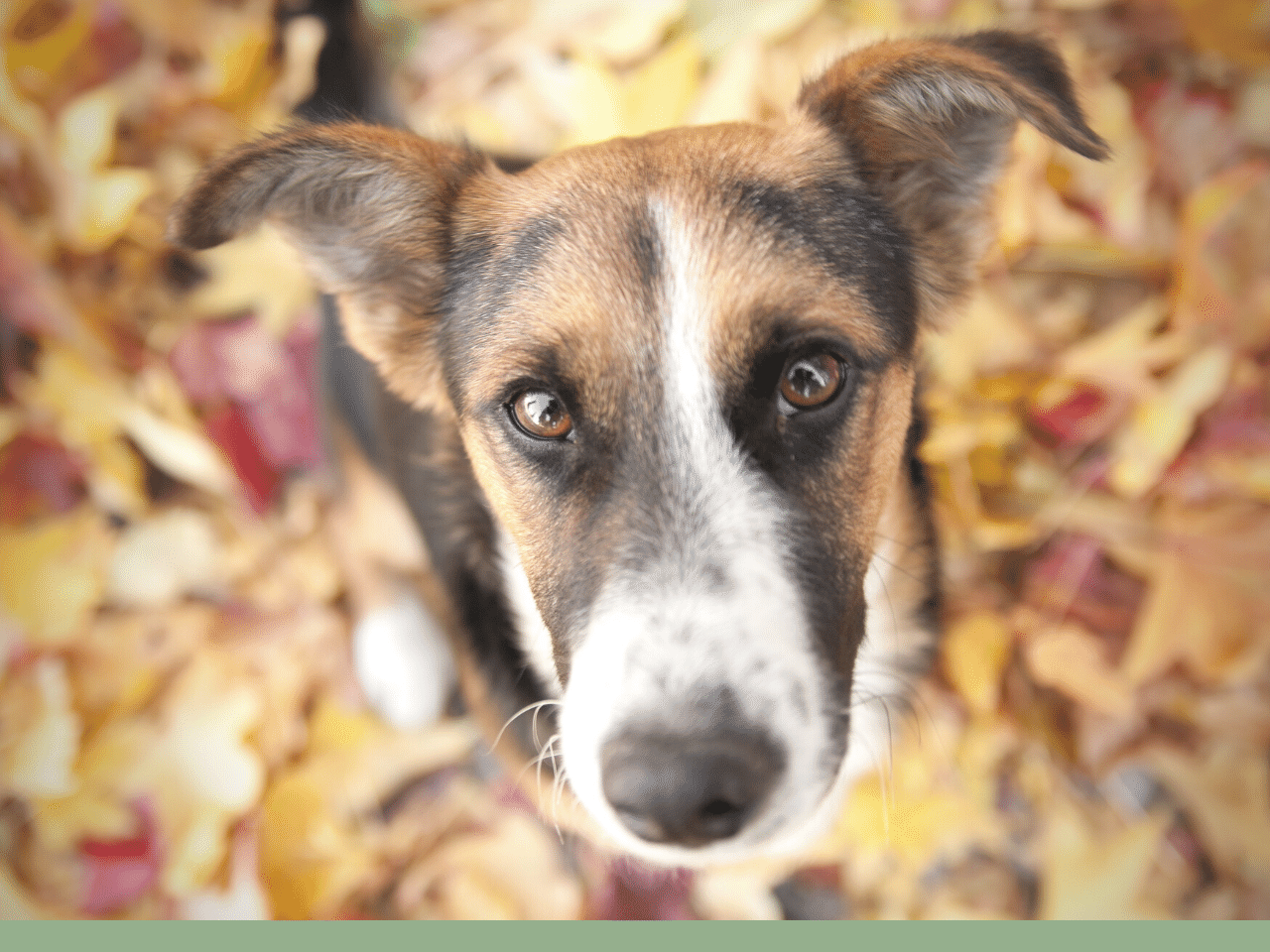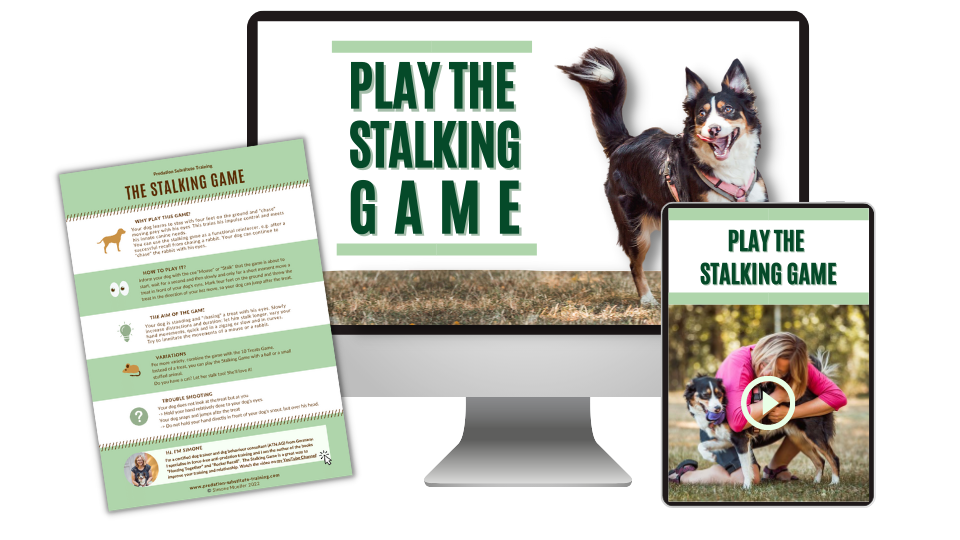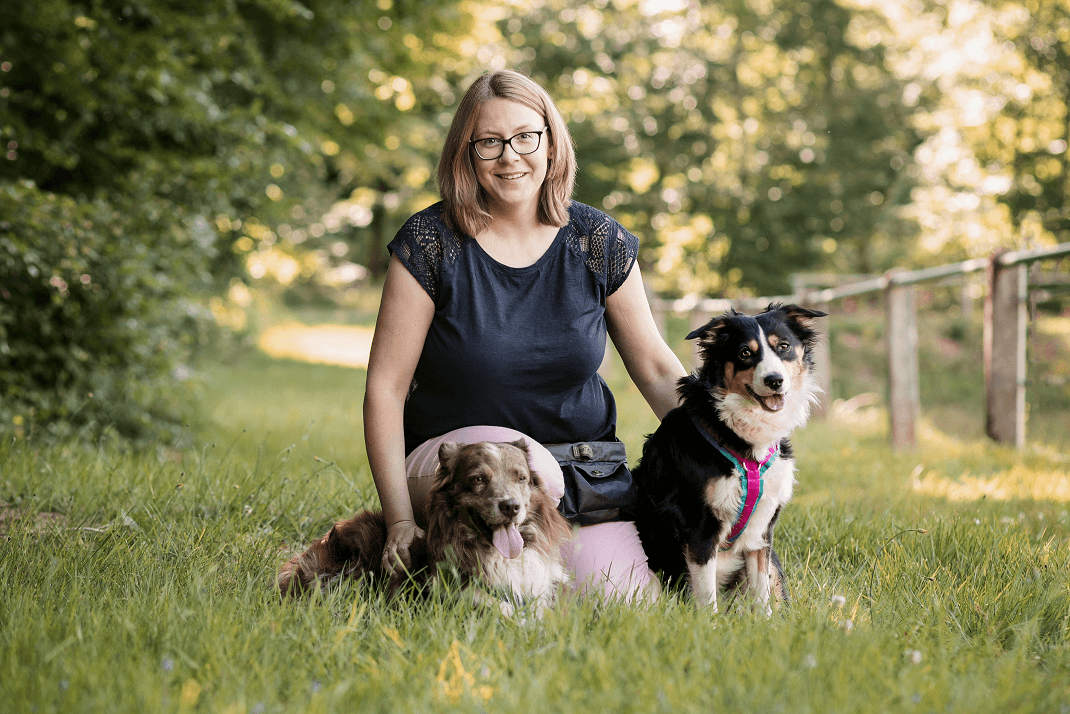In recent years it has become much more widely accepted that enrichment activities are hugely beneficial to our dogs. So much so, many owners now factor this into their dog’s everyday life and are reaping the benefits of it. Their dogs are happier, more fulfilled, less stressed, and are encouraged to be the best version of themselves.
Common Enrichment Activities for Dogs
The main aim of enrichment is to provide safe outlets for our dog’s needs and so the focus is often on how we can mimic their predatory desires safely in the form of enrichment activities. The most common types of enrichment that are discussed, suggested, and used most frequently are:
-
Sensory
Providing different textures to walk on can increase a dog’s confidence and proprioception. This in turn improves their reaction times and the ability they have to respond quickly to sudden movements. All of which is important for successful hunting
-
Shredding
Shredding toys, cardboard, wrapped up treats etc all encourage dogs to live out their natural motivation for dissection.
-
Licking & Chewing
Lickimats, natural chews, chew toys, etc, all aim to mimic the dissection and consumption part of the predatory sequence. This also acts as a stress relieving and cool-down exercise for our dogs, which is why it is so popular.
-
Nosework
Provides olfactory enrichment, which is one of the most important things our dogs need to do! They have to sniff to explore the world around them and gather information about their environment. Sniffing is also a great way to help your dog to decompress and relax.
How enrichment affects predatory behavior
As we already know, predatory behaviour is hugely important to our dogs. Predation makes them feel good, and it’s something they want to practice regularly. This is why the enrichment activities mentioned above, all provide our dogs with a way to meet their predatory needs in a safe, controlled way.
However, there is another type of enrichment which is often missed or forgotten about, and this is visual enrichment.

Visual Enrichment for Dogs
When we consider that the very start of the predatory motor pattern begins with our dogs scanning the environment, then eyeing and stalking their potential prey, it makes sense that visual enrichment should also be of high importance to them.
Without this more visual part of the predatory sequence, our dogs wouldn’t be able to progress any further, because if they can’t see any prey, there will be nothing for them to chase, grab, kill, dissect, or consume.
Ways to Provide Visual Enrichment
Here are some ideas of how you can provide your dog with some visual enrichment:
- Stand near a pond where there are ducks swimming and encourage your dog to watch them moving around
- Sit on a bench and encourage your dog to scan their environment to see what might be happening
- Even if there is no obvious wildlife around, your dog can still scan the environment and notice what is going on. The wind may be blowing the grass, or swirling leaves across the ground for example.
However, it’s important that your dog is able to remain calm in these kinds of situations and can remain on a loose lead and not go over their threshold!
If your dog is stressed, and no longer in a thinking state, then visual enrichment won’t be effective at that time. So, make sure the distance between your dog and the things they are watching, is great enough to keep them calm. They should be inquisitive and interested, but still able to think clearly. Remain in your watching spot for long enough to give your dog time to process what they are seeing.

Start with the Stalking Game
The ‘Stalking Game’ from my book, Hunting Together, is a great way to provide your dog with visual enrichment too! This game encourages your dog to scan and stalk moving objects on cue. This then allows them to ‘hunt’ with their eyes and not with their feet by chasing.
If you would like to learn how to play the ‘Stalking Game’ with our dog, just enter your email below and I’ll send you my training tutorial!


Now it’s your turn to discover this (almost) forgotten type of enrichment with your dog and use it to let your dog mimic the first steps of the predatory sequence in a safe and cooperative manner. To learn more, check out my book Hunting Together.
